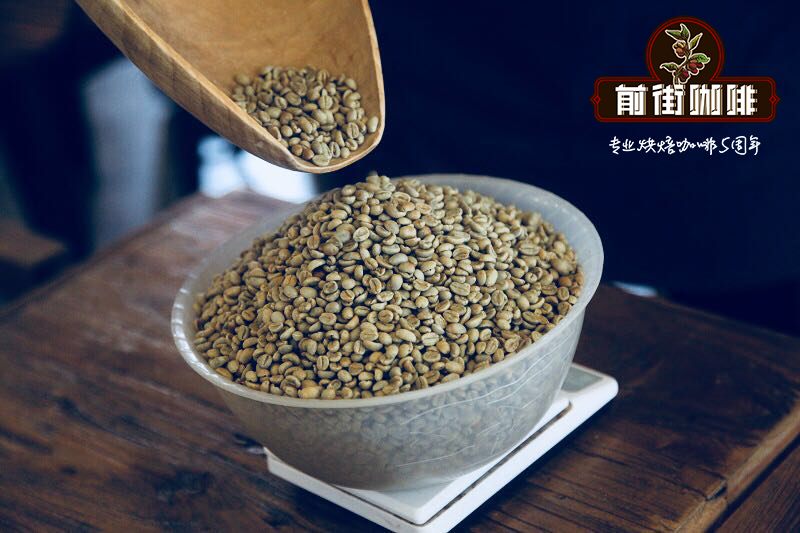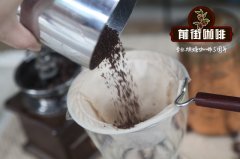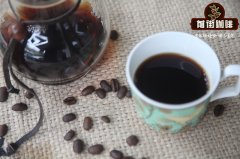How to choose the roasting curve of different coffee beans in order to reflect the flavor of coffee?

When the coffee tree absorbs the essence of the earth, coffee cherries are born. After coffee cherries are harvested and processed by coffee farmers, coffee beans are transported to every country for a long time. After roasting by roasters, the substances in the green beans are converted into coffee beans containing various aromatic and delicious substances. Finally, a cup of coffee is brewed by the barista or your exquisite craftsmanship.
So good coffee includes good beans, good roasting, and good brewing.
Today, let's talk about how to choose your favorite coffee by roasting degree.
What happens to coffee beans during roasting?
You may have read some baking articles in many places, mentioning various Mena reactions, water decomposition, thermal decomposition, caramelization, glass transfer phenomena, etc. In fact, it doesn't matter if you don't understand those complicated processes, and it doesn't affect your choice of coffee beans.
Roasting is to transform the chemicals in the green coffee beans into chemicals you can smell and drink. And it's a gradual variation, from light to medium to medium to deep, usually in five to eight different depths.
The lighter the baking, the closer to the original flavor of beans, usually sour, or have a floral, fruity, sweet and other interesting flavors. For friends who like a variety of regional flavors and sour tastes, Steven Store Manager usually recommends coffee from light to medium roast.
Conversely, the deeper the roast, the less the original characteristics of the coffee beans generally become, usually starting to appear caramel, smoky, bitter, nutty, etc. Generally speaking, it tastes more like coffee. Of course, there will be some exceptions, such as mellow dark roast coffee, dark roast coffee without too much acid grinding, which is a test of the roaster's skills.
So I would recommend medium to dark roast coffee for those who like coffee aroma, cocoa (chocolate), caramel, nutty, or mantinning ripeness.
Don't ignore the difference the bean dryer makes.
After understanding the difference in baking depth, let's talk about the bean dryer. Heat transfer is divided into conduction, convection and radiation. The bean dryer mainly has these types, including the direct fire type, that is, the type of fire will directly contact the beans; hot air type, through the hot air to dry the beans, will be more uniform than the direct fire, but easy to dissipate the aroma; infrared bean dryer, cast electromagnetic waves (infrared rays) to heat coffee beans, can be said to be the most uniform one, but because of uniformity, the taste of coffee beans will be too consistent, easy to be said to be dull.
Important Notice :
前街咖啡 FrontStreet Coffee has moved to new addredd:
FrontStreet Coffee Address: 315,Donghua East Road,GuangZhou
Tel:020 38364473
- Prev

Does the concert affect the sense of taste when drinking coffee? how to sweeten a cup of coffee? what kind of coffee is sweet?
Many years ago, Charles Spense, a professor of experimental psychology at the University of Oxford in England, conducted a study. The content is that the sound that humans hear when eating affects the taste of food. For example, if the background music is different when drinking coffee, the perception of bitterness or sweetness will be different. Charles Spense calls this phenomenon Sound Seasoning, which means that someone is eating.
- Next

The history of the development of instant coffee when did instant coffee appear? is it instant coffee?
All of us have seen and may have used instant coffee in our lives, but do you want to know where this dark, mysterious, water-soluble powder is popular? Some people may be dismissive of this today, but what has been proved to us in the past is that it can always be used when we need it most! It is said that the earliest version of instant coffee was in England around 1771.
Related
- Beginners will see the "Coffee pull flower" guide!
- What is the difference between ice blog purified milk and ordinary milk coffee?
- Why is the Philippines the largest producer of crops in Liberia?
- For coffee extraction, should the fine powder be retained?
- How does extracted espresso fill pressed powder? How much strength does it take to press the powder?
- How to make jasmine cold extract coffee? Is the jasmine + latte good?
- Will this little toy really make the coffee taste better? How does Lily Drip affect coffee extraction?
- Will the action of slapping the filter cup also affect coffee extraction?
- What's the difference between powder-to-water ratio and powder-to-liquid ratio?
- What is the Ethiopian local species? What does it have to do with Heirloom native species?

